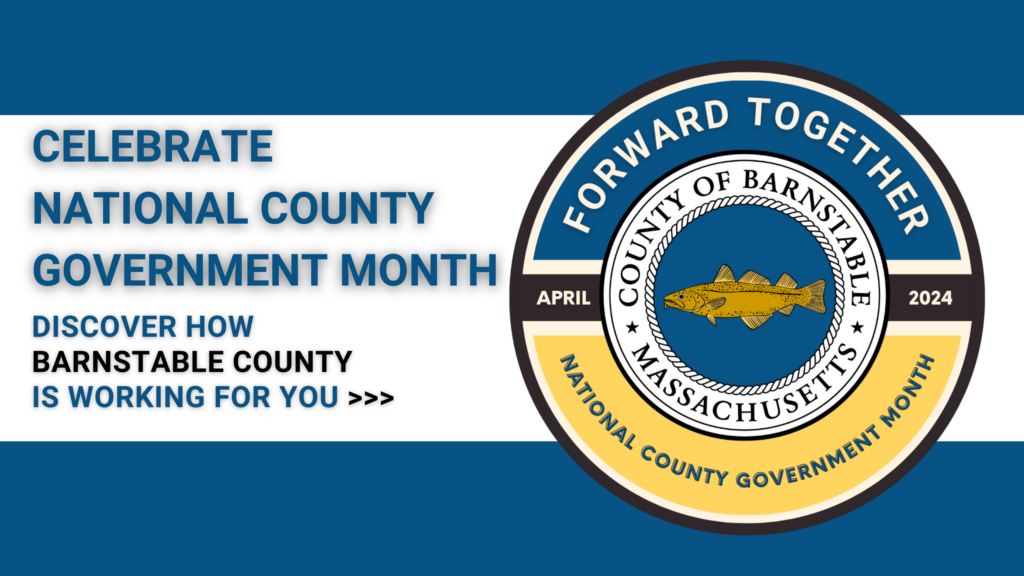
Suicide Prevention Efforts are Everyone’s Responsibility
Cape Cod Times
December 9, 2014
by Cape Cod Times Staff
Every late fall for the past three years, we have written at least one editorial about the high rate of suicide on the Cape and Islands. As we approach the holidays, it appears some people just can’t bear the pain of depression or addiction any longer.
Mental health experts can only speculate as to why Barnstable County has the second highest rate of suicides in the state, after Franklin County. Representatives from the Cape and Islands Community Health Network Alliance report that 95 percent of individuals who commit suicide suffer from mental illness. Further, they note that loneliness, loss, addiction, and lack of treatment can all contribute to someone taking his or her life.
The latest spike in suicides has hit Nantucket, where five island residents have died in the past two months. We hope as many people as possible can attend a community meeting Dec. 15 at the high school. Beginning at 6 p.m., the meeting will include representatives from the state Department of Mental Health, the Cape and Islands Suicide Prevention Coalition and Family and Children’s Services of Nantucket.
The last time the island was hit with a rash of suicides was between February 2007 and August 2008, when four teenagers killed themselves. This time, however, the individuals who died were middle-aged — in their 40s to 60s.
In 2011 — the last year for which the state has figures — 588 people died by suicide in Massachusetts, with the highest incidence rate among men ages 45 to 54. The second-highest incidence rate was among men ages 55 to 64.
About three years ago, a communitywide effort was organized to reduce the suicide rate of the older age group. For the past few years, a Cape and Islands crisis-response team of state and county officials has been available to step in after police officers leave the scene of an attempted or completed suicide. The team can help both someone who has attempted suicide and the family and friends of someone who has died. After a rash of 10 suicides in Falmouth in 2010, the team set up a communitywide response that included forums and training for town staff in suicide prevention.
The take-home message is that when the Cape and Islands pool resources and coordinate prevention efforts, suicide can be prevented.
After all, look what happened in Nantucket following the spate of suicides among young people. The Nantucket High School community mobilized to help students and parents. The school brought the island’s health and human service agencies together to discuss the problem. Then all high school staff members were trained to recognize warning signs of suicide. In addition, the school held a weekly “student support team” meeting where officials could discuss any concerns they had about students.
Now let’s take a page from those efforts to address suicide among older people. Nantucket police Sgt. Kevin Marshall, the island’s representative to the Cape and Islands Suicide Prevention Coalition, said it’s time to go back to schools, as well as workplaces, to let people know about counseling and other services offered by agencies, including Family and Children’s Services of Nantucket.
Counseling for substance abuse — which is often involved when people die by suicide — is also available locally, he said. It’s also important to train more people to recognize signs of suicidal thinking and to intervene.
“It’s a community issue,” Marshall said. “We need to be able to talk about it.”
Despite how it sometimes feels, especially in the winter months, the Cape and Islands do not exist in isolation. Nationally, suicide is the third-leading cause of death among young people, and the 10th-leading cause of death overall. We are looking at an epidemic that affects every element and age within our society, and the response must therefore be equally comprehensive. The job cannot fall solely on the shoulders of mental health professionals and educators; it must be a responsibility and an awareness that each of us takes on. Working together, we can reduce these numbers. Working together, we can let those who need to hear it most know that they are not alone.



